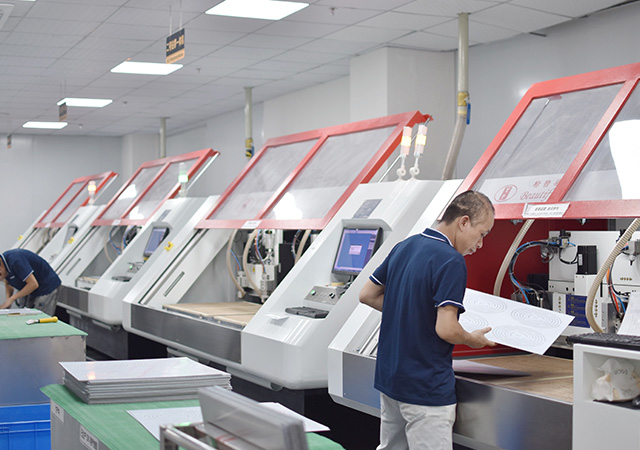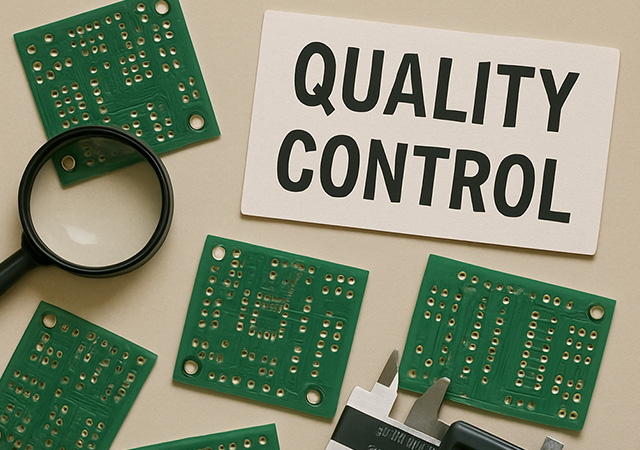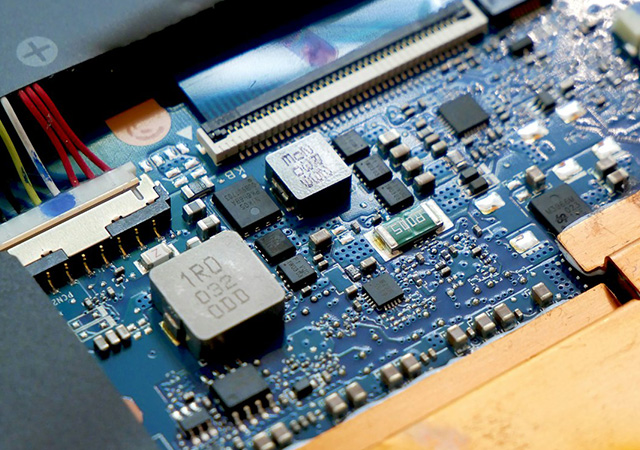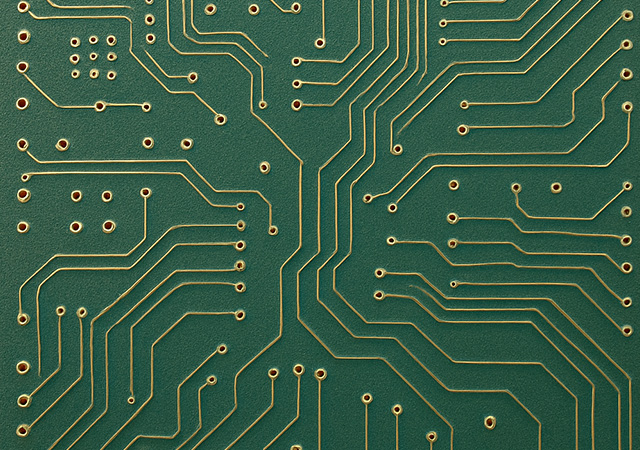-
- PCB TYPE
- PRINTED CIRCUIT BOARD PROTOTYPE ALUMINUM PRINTED CIRCUIT BOARD R&F PCB FPC HIGH FREQUENCY PCB HIGH-TG PCB HEAVY COPPER PCB HDI PCB PCB FOR LIGHTING METAL CORE PCB

Explore the essentials of high power LED PCB fabrication, including LED circuit boards and crucial PCB assembly services, for efficient lighting solutions.

Discover why China leads as an LED lighting PCB manufacturer, offering cost-effective, high-quality printed circuit boards with advanced technology and skilled expertise.

Discover the essential factors for selecting the right PCB manufacturer, ensuring quality, efficiency, and partnership for your electronic designs.

Discover how back drilling in PCB design enhances signal integrity and performance for high-speed applications, a vital aspect of the pcb manufacturing process.

Optimize your electronics with controlled depth backdrilled PCBs, enhancing signal integrity and reducing EMI in high-speed applications. Discover the benefits today!

Got project ready to assembly? Contact us: info@apollopcb.com



We're not around but we still want to hear from you! Leave us a note:

Leave Message to APOLLOPCB
